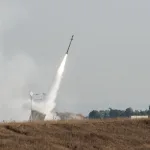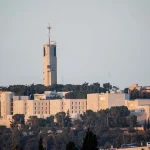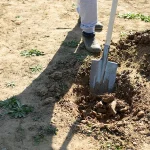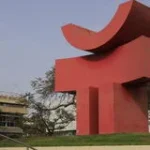- Business
Browse Business
- Technology
Browse Technology
Latest in Technology
Israel Boosts Air Defenses with $8.7 Billion U.S.-Backed Iron Dome Expansion
2 days ago
Light’s Hidden Magnetic Power May Lead to Faster, More Precise Optical Devices, Study Finds
3 days ago
Placental Errors May Explain Gestational Diabetes Risks, Study Finds
4 days ago
Pioneering Test Monitors Sea Urchins as Die-Offs Threaten Coral Reefs Worldwide
6 days ago
- Politics
Browse Politics
- Security
Browse Security
Latest in Security
- Economy
Browse Economy
Latest in Economy
- Health
Browse Health
- Services
Government & Public Services
Travel & Transportation
Religious & Cultural
Information & Directories
Technology & Utilities
Jerusalem, 26 October, 2025 (TPS-IL) — The Geological Survey of Israel shared new and comprehensive research on the geology of the Carmel, the result of a collaboration between Dr. Amit Segev (Geological Survey of Israel), Prof. Eitan Shesh (Hebrew University), and Prof. Uri Shatner (University of Haifa).
The results of the study show that the Carmel region is a very ancient (about 250 million years old) elevated tectonic ridge, reinforced by magmatic intrusions that rose from the tops of plumes from the Earth’s mantle. An ancient plume topographically raised the area between Turkey and Sinai, heated it and probably also fractured it along an interesting route that begins in the Palmyra area in southern Syria, in a southwesterly direction, towards Egypt. In northern Israel, the rift split east and west of the Carmel-Chaletz ridge (i.e. east and west of the continental margins of present-day Israel). The plume later helped to stretch the western region and create the eastern Mediterranean basin.
The study shows that the intrusions of magmatic materials reached the surface in cycles of pressure accumulation followed by their release in volcanic eruptions. These cycles caused large-scale vertical surface oscillations that submerged the area under the waters of the Tethys Ocean and also uplifted it, exposing it to weathering processes. The surface volcanic cycles have been dated to a period of 99–95.5 million years ago. Researchers argue that these cycles mark the last pulses of the Cretaceous plume.

















